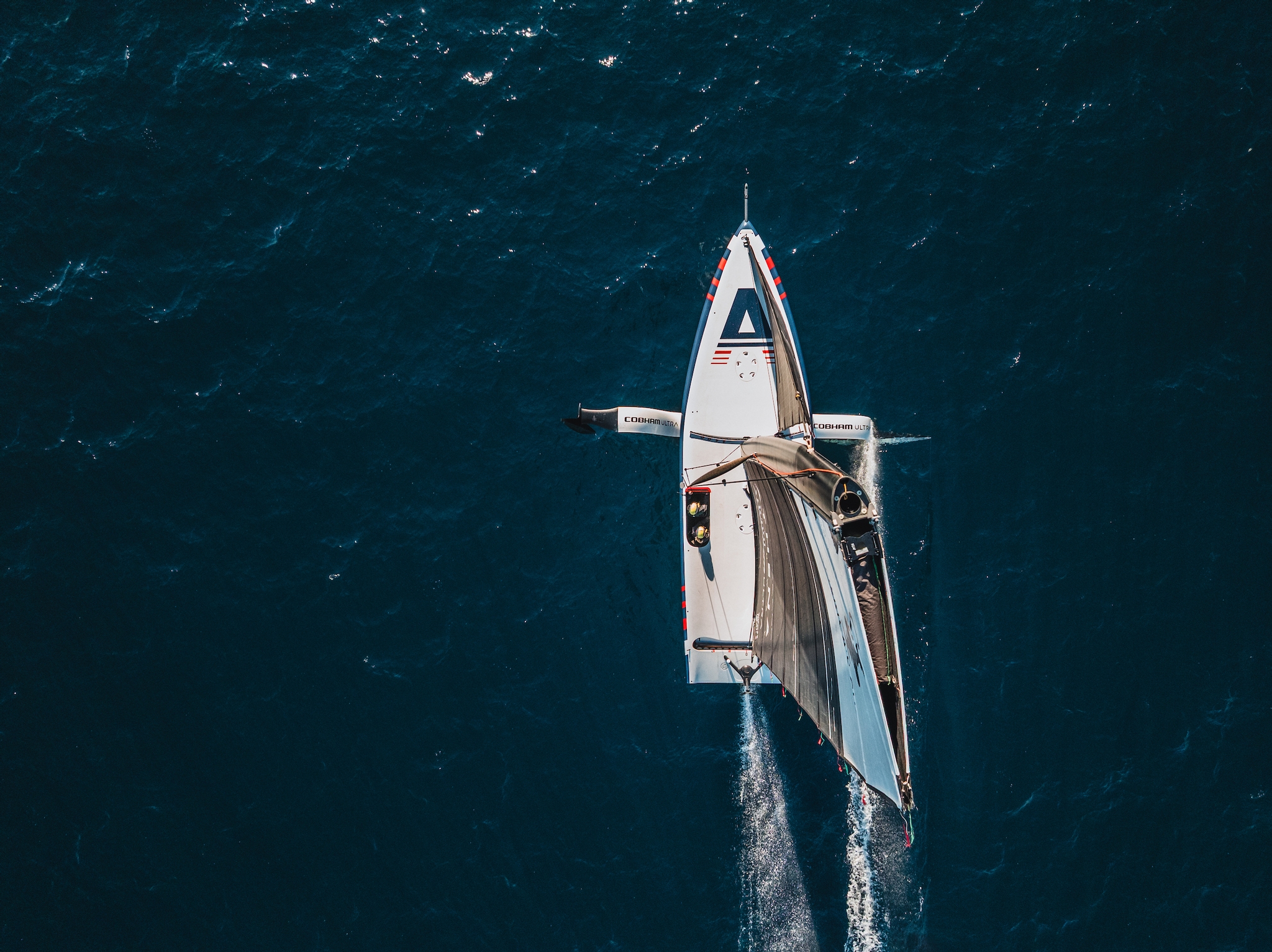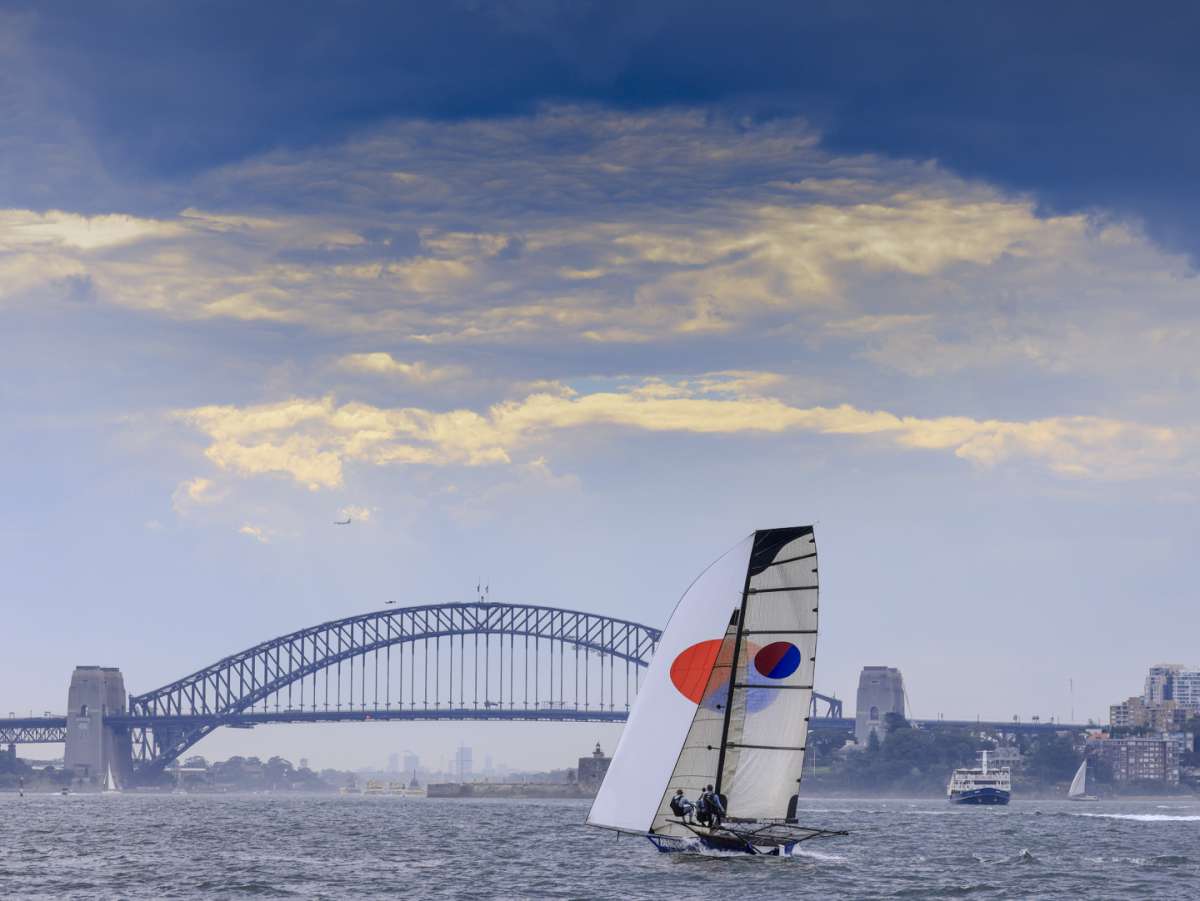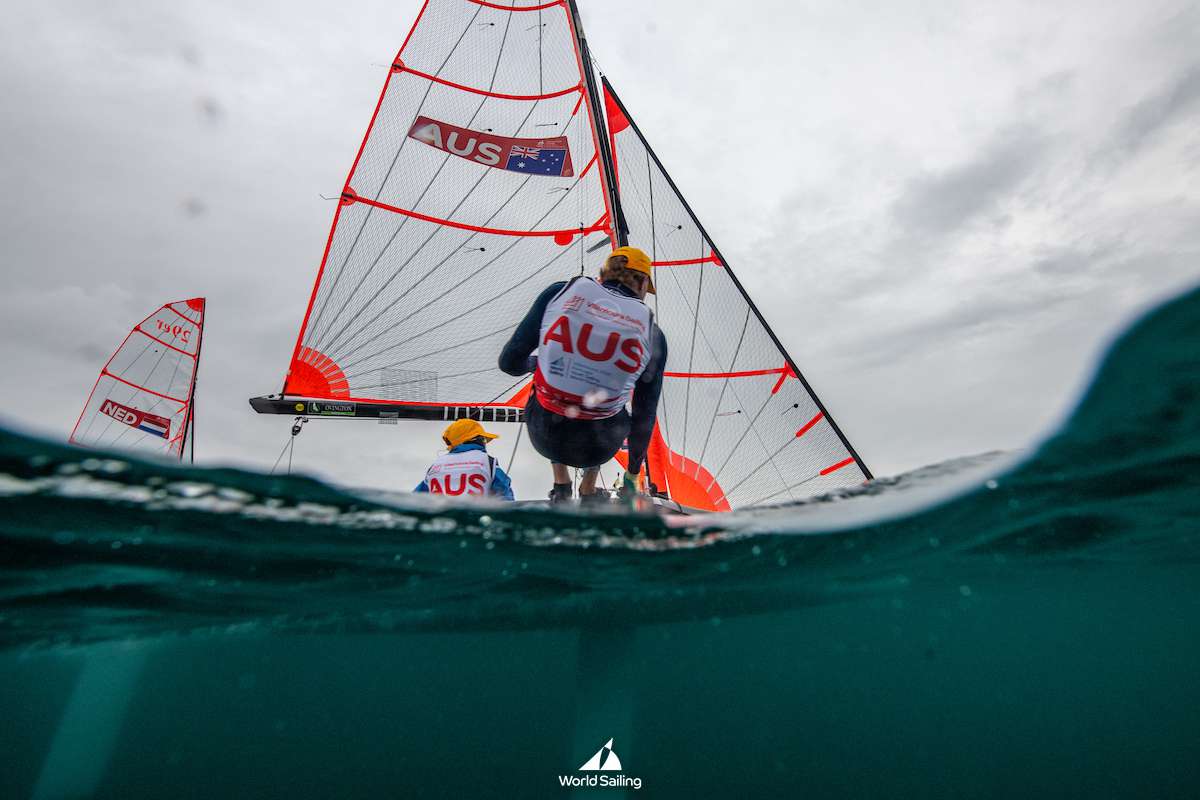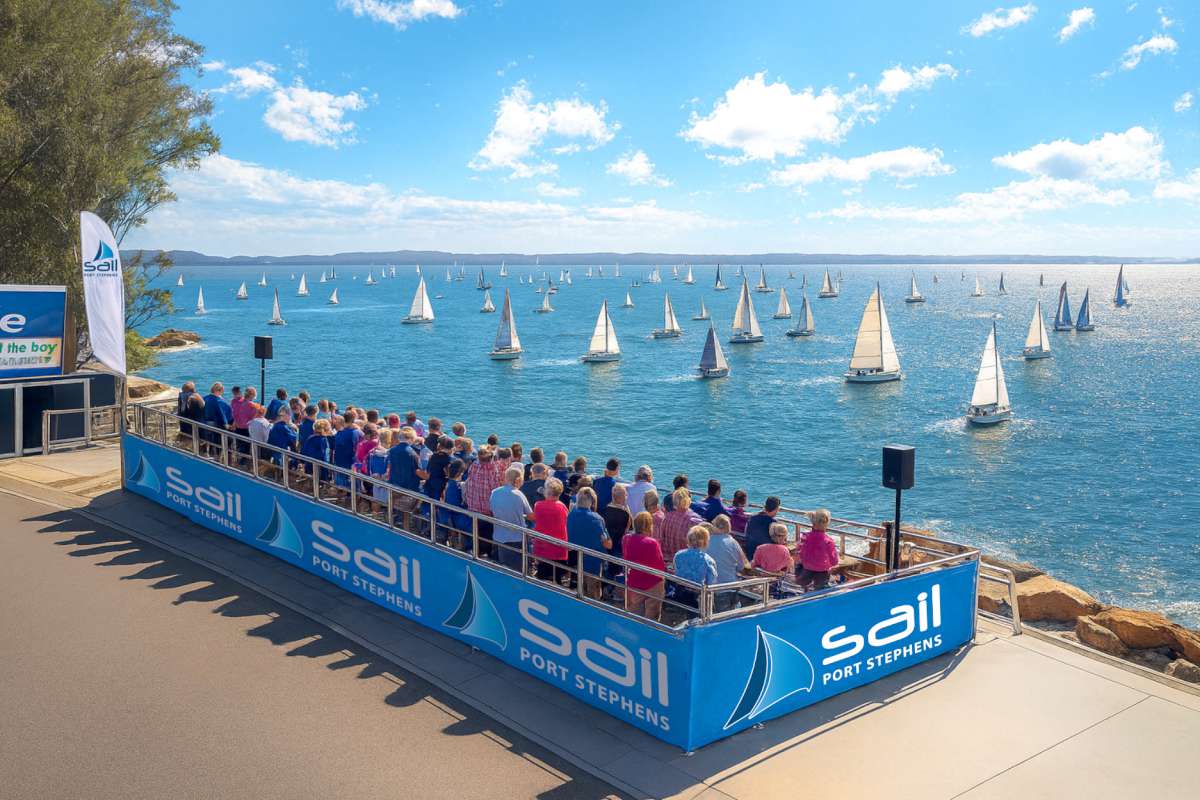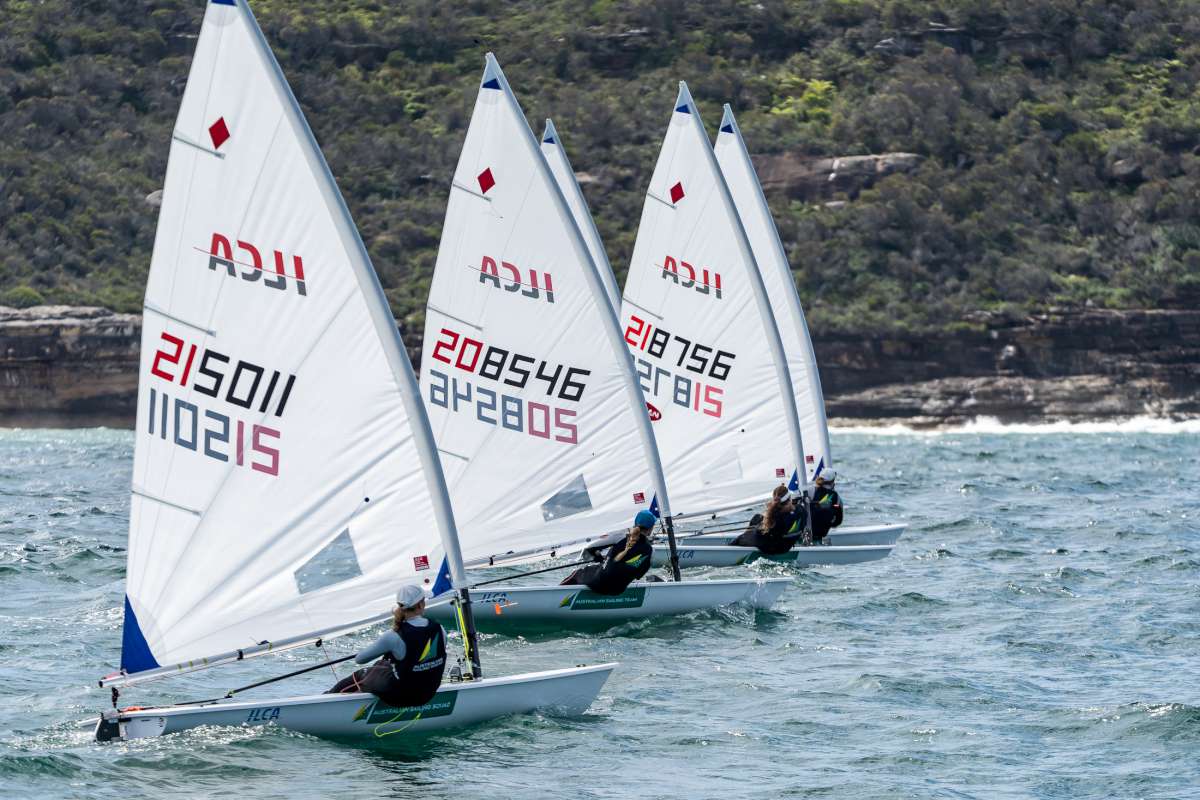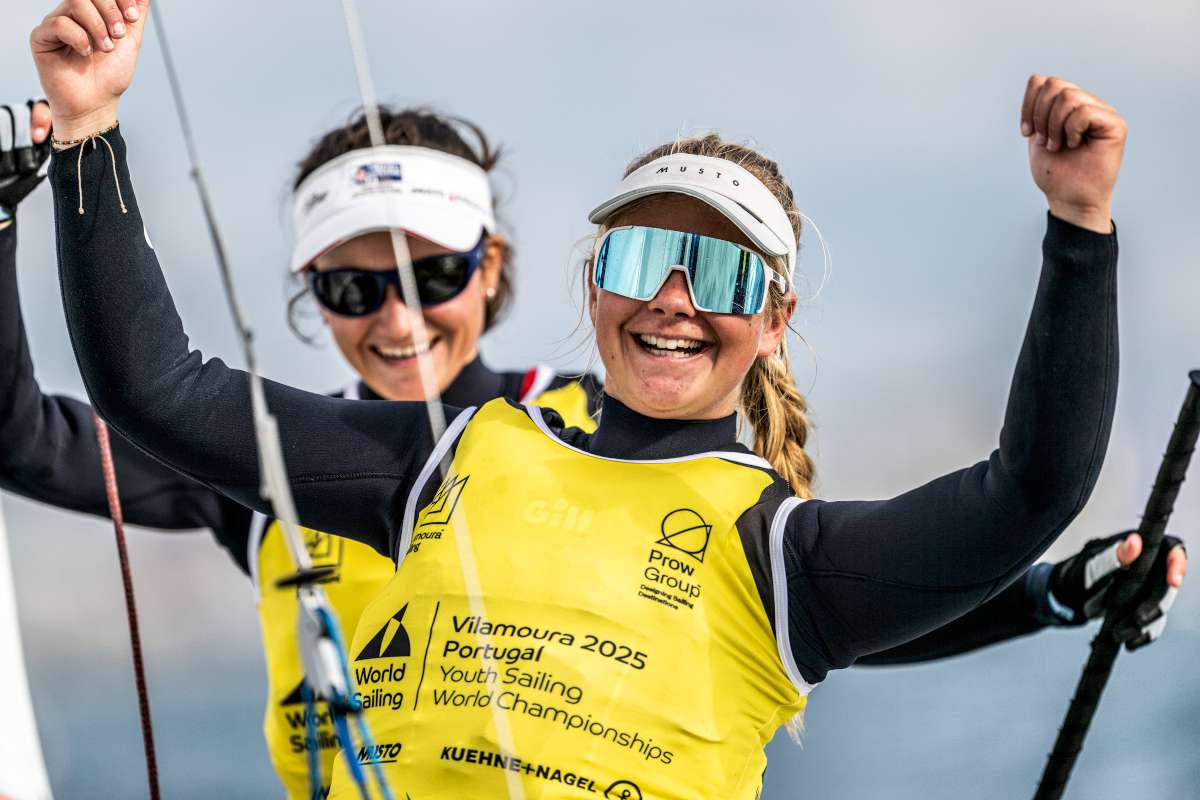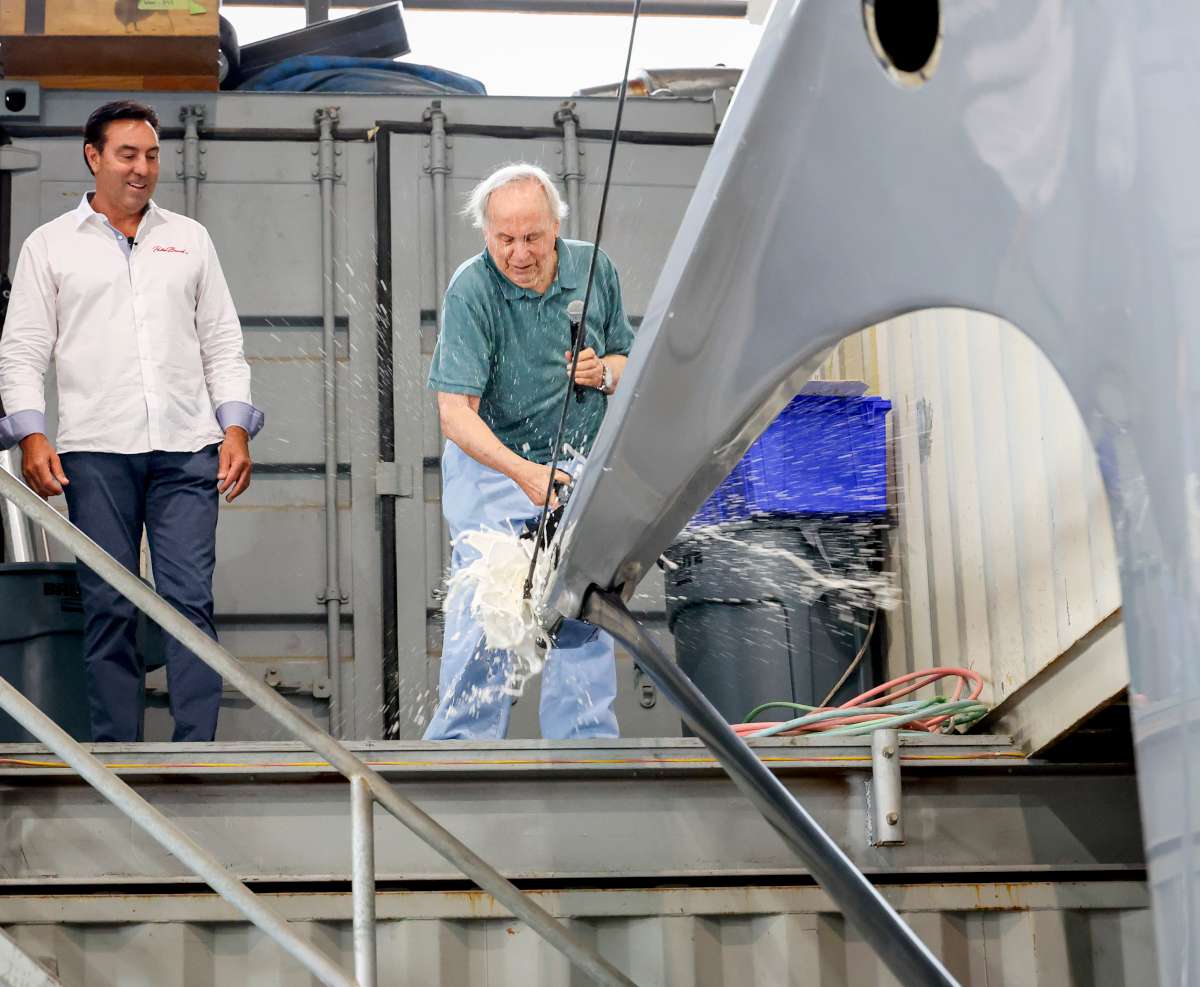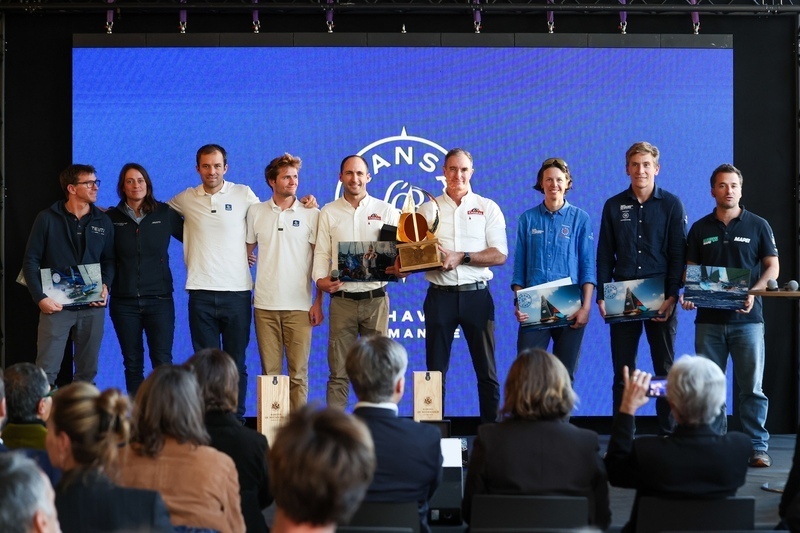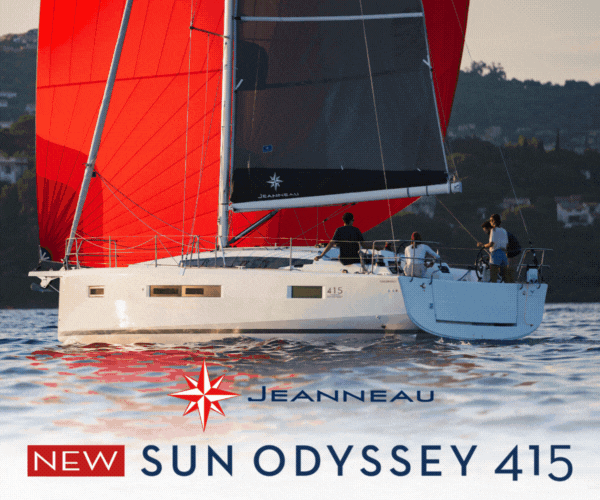35-year wait will come to an end in January 2025
When the 2024-25 Australian 18 footer Championship is sailed on Waterloo Bay, Brisbane next January, it will become the first major 18 footer title sailed in Queensland since Scott Ramsden’s Bank of New Zealand team won the World (Giltinan) Championship on the Brisbane River in 1990.
The return is well deserved following a good resurgence through the efforts of Dave Hayter and the Brisbane 18 Footers Sailing Club over the past six years, and is also an opportunity to take a look back at some of the past Queensland 18 footer innovators and champions.
Queensland first began racing 18 footers in 1895 at the City of Brisbane Sailing Club and the local
Innovative designers quickly earned a reputation for being “out-of-touch” with the direction and design of 18 footers by the other areas when they campaigned for changes to existing measurement rule boundaries.
“Out-of-touch” at the time really meant they were ahead of the conservative thinking and it took until the 1930s before they were able to change that thinking and future direction of the 18 footer class.
The big boats of the past forty years were becoming a problem when the fleet in Brisbane began to dwindle as boat owners were reluctant to replace old boats with new ones, due to rising costs and the difficulty of maintaining the large number of crew members required to sail them.
Despite their objection to existing class rules, Queensland competitors were still successful in winning six Australian championships against competitors from NSW and Western Australia:
1917-18 Britannia Colin Clark Q
1920-21 Vision Colin Clark Q
1922-23 Vision Colin Clark Q
1925-26 Queenslander III Jim Crouch Q
1929-30 Waratah Harold Crouch Q
1931-32 Tangalooma Lance Watts Q
Queensland designers began applying the principles of aerodynamics to boat building, and by the early 1930s produced a “radical” new type of 18-Footer.
While visiting Sydney, Frederick Hart claimed that Queenslanders could build a new style 18 footer that could beat the Sydney boats and was challenged by the locals to go back home and build his ‘miracle boat’. He went back to Brisbane and commissioned Alf Whereat to build the first no heel skiff type 7ft beam 18 footer, which he named Aberdare.
Aberdare had a lighter hull and smaller rig and carried a crew of 7-8 men, compared to the 12-13 needed in the big boats. Off the wind, she produced great speed with her mainsail, reaching jib, ringtail and peak head spinnaker, and was so fast that she was soon christened “the Galloping Ghost.”
Skippered by Vic Vaughan, Aberdare won four consecutive Australian Championships between 1933-34 and 1936-37, and was a dominating figure in 18-Footer racing.
1933-34 Aberdare Vic Vaughan Q
1934-35 Aberdare Vic Vaughan Q
1935-36 Aberdare Vic Vaughan Q
1936-37 *Aberdare Vic Vaughan Q
*(Aberdare and Lightning tied, but there was no sail-off, and Aberdare retained title)
The success of the new concept was the beginning of the end for the big boats, and also created a split within the NSW ranks which led to the formation of a new club, originally known as the NSW 18 Footers Sailing League, which is now known as the Australian 18 Footers League.
This was just the first of three major initiatives by Queensland designers, builders and competitors which directed the future of 18 footer racing until the end of the 1960s.
Queensland was forced to rebuild its fleet after WW2, and in 1945 decided to now race 6ft beam boats. The first of these 6ft beamers, which were designed by Norman Wright and Lance Watts, began to sail in Brisbane in 1946.
They were cheaper to build, lighter than the previous 7ft beam boats, needed only a crew of 5-6 compared to 7 or 8, and they were fast. Most of the new ideas and top championship contenders were coming from the designs and sheds of people such as Lance and Harold Watts and Norman Wright.
Following Vic Vaughan’s four successive Australian Championship victories with Aberdare, the Queensland success at the nationals continued through the 1940s and into the 1950s:
1938-39 Victor Vic Lucas Q
1939-40 Marjorie III Lance Watts Q
1940-41 Marjorie III Lance Watts Q
1946-47 Australia Bill Stanley Q
1947-48 Culex II Lance Watts Q
1949-50 Culex III Lance Watts Q
1951-52 Jenny IV Norman Wright Jr Q
1952-53 Jenny V Norman Wright Jr Q
1955-56 Jenny VI Norman Wright Jr Q
1957-58 Jenny VI Norman Wright Jr Q
Norman R Wright, who had served his time with Aberdare’s builder J.H.Whereat, and his sons Ron Wright and Norman Wright Jr, built several good 18-footers, including the first world champion, Taree, and were heavily involved in the post-WW2 six-foot beamers.
Outstand skipper, Lance Watts and Alec Wright, the younger brother of Norman R Wright, traded as Watts and Wright and always produced competitive boats. Their first 18-footer was Marjorie III, which won the 1939-40 and 1940-41 Australian Championship with Lance Watts as skipper.
Watts went on to win two further Australian championships, with Culex II in 1947-48 and Culex III in 1949-50.
In the 1950s, Wright then saw the advantages of the ideas used on New Zealand’s 1952 and 1954 world champion, Intrigue, and used them when he built Jenny VI, which was a 3-layer, moulded hull, that became Queensland’s first world champion in 1956.
Chine hulls were finally approved in the 18 footer class and in 1959 Norman Wright designed the first new 3-handed boat, which was banned in Sydney, but allowed to compete in both international and interstate contests.
The Brisbane 18 Footers Sailing Club wanted to build its fleet and asked Norman Wright Jr to design a cheap, easy to build 18. Bob Miller (later known as Ben Lexcen) had a sail loft in the Wright shed and, in a joint effort with Wright, the pair produced a totally new design.
The new boat, named Taipan, was a light, ply, chine hull which was two-thirds decked, had a large genoa, inboard rig, no bowsprit, smaller sail area, and was designed for a crew of three with two on trapeze. She also had heavily flared topsides and a narrow 4ft 3in beam on the chine. Taipan had a smaller rig (similar to one used on a Flying Dutchman class boat) and bending spars.
The skiff was decked far in excess of the allowable area of that time so Miller was forced to do a major reconstruction job prior to the start of the 1960 World Championship regatta in Auckland, which reduced the deck by around fifty per cent. Taipan became vulnerable in choppy conditions and finished only fourth, which included two non-finishes.
Despite the problems experienced at Auckland, there was little doubt about the design, so Miller teamed up again with Wright to build an improved version which was lighter and stronger. The new boat was named Venom.
When Venom contested the 1961 World Championship on the Brisbane River, she dominated the racing and easily won the series.
While it was Queensland’s last major 18 footer championship victory to date, the design became a prolific winner for Sydney’s champion builder/skipper Len Heffernan, Ken Beashel and Bob Holmes during the first half of the 1960s.
Neville Buckley, a two-time Australian 16-footer champion, won six-consecutive Queensland in TraveLodge-Queensland sponsored 18s,and was competitive in the very strong international fleet of the 1970s, but the introduction of high-tech materials and accompanying high cost of competition, saw the slow demise of Queensland success in the class.
Since 2019, Dave Hayter, a four-times Australian International 14ft Skiff champion, has led a group of young sailors determined to get a Queensland name back on a championship winner’s list and is the driving force behind the 2024-25 Australian 18 Footer Championship being staged in Brisbane.
Hayter had a brand new skiff (Big Foot Bags & Covers) built in 2023 and finished eighth overall (with two podium finishes) at the 2024 Winnings Giltinan World Championship on Sydney Harbour, in March.
A young team, led by Josh Sloman, has benefitted from the guidance of Dave Hayter and former world 18 footer champion Rob Brown and finished 17th in the 2024 worlds in an aging boat.
The six-race 2024-25 Australian 18 footer Championship is scheduled to be sailed on Waterloo Bay, Brisbane on January 18, 19 and 20, 2025.
Frank Quealey
Australian 18 Footers League Ltd.












